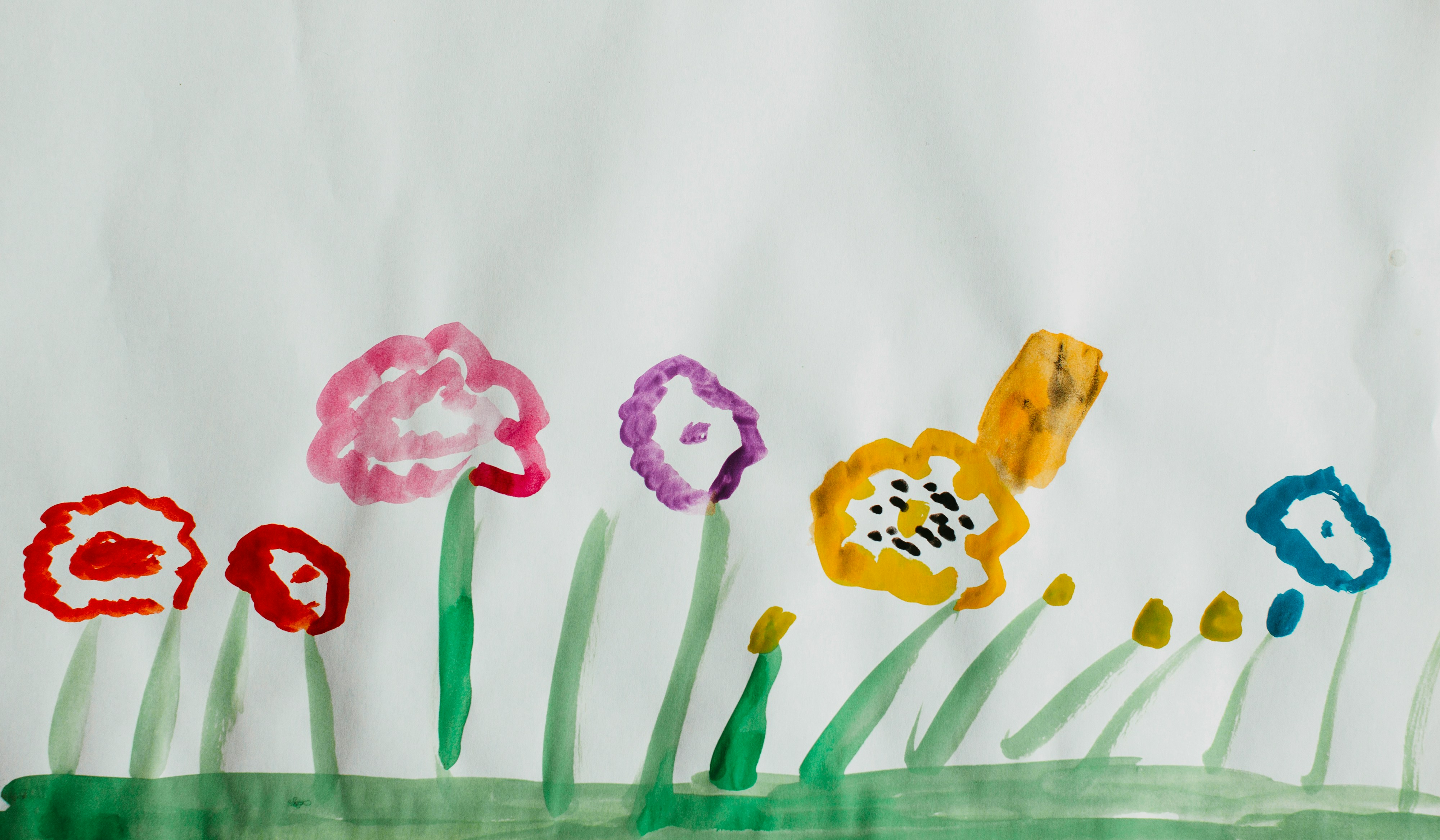Some people may know of International Children’s Day, a holiday marking the adoption of the Declaration of the Rights of the Child by the United Nations on November 20, 1954. However, Children’s Day, or Eorininal (어린이날), has its own unique place in Korean culture.
The first Children’s Day took place on May 1, 1922, purposely coinciding with Workers’ Day to connect the movement for ending workers’ exploitation with the movement for children’s rights, says Yoon Min-sik, a writer for The Korea Herald. The date was changed to May 5 after Korea was liberated from Japan in 1945 for the sake of political neutrality, and it was officially adopted as a public holiday in 1975.
Although the current holiday is lighthearted and joyful, it is rooted in a history of hardship. According to Yoon, up until the start of the children’s rights movement in the early 1900s, there was no Korean equivalent for the Western concept of a “child.” A child was simply another member of the family, and they were obligated to contribute to its well-being alongside their parents by providing labor, getting married, and eventually having children of their own.
The closest acknowledgment of children’s rights prior to the movement was a statement in the Gyeongminpyeon, an educational book from the Joseon Dynasty, about showing sympathy for the eorini (어린이), which generally referred to all young people at the time.
That is, until children’s book writer and educator, Bang Jeong-hwan, initiated a nationwide campaign promoting the fair treatment and protection of children in the early 20th century. According to Yoon, he was an independence activist during Japanese colonial rule, founder of a children’s magazine, and author of a revolutionary book that gave “seven recommendations for all adults,” such as using respectful language with children and making sure they get enough exercise and rest.
On May 1, 1922, Bang and his associates declared the first Children’s Day. It was one of his most prominent achievements as someone who strongly believed that “children were the key to making Korea a stronger, more independent country,” says Yoon.
Today, Children’s Day is observed on May 5 in both North and South Korea, and it is a time to “celebrate children and their value to and in society,” according to the Yi Hwang Academy of Language Excellence. A description of the holiday from the Public Holidays website adds that Korean families spend the day enjoying events and traditional games in theme parks, zoos, and other public places. Children also receive gifts or money from their parents and grandparents as an expression of gratitude and love.
In the United States, Children’s Day celebrations primarily take place in the Koreatowns found throughout the country. Korean Americans and non-Koreans alike can partake in a day of cultural activities, good food, and quality time with their families.
Many Korean children today know Bang as one of several historical heroes, alongside legendary figures like Admiral Yi Sun-shin and King Sejong the Great. His hopes for a society where children were no longer exploited and instead valued as individuals have not only become a reality but are now celebrated every year.
Visual Credit: Photo by Markus Spiske on Unsplash

Comments are closed.